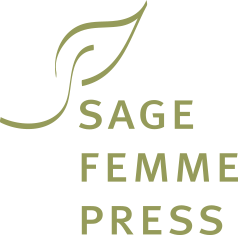“When I’m in an exam room with a patient, I feel like an artist in her studio.” This is what my long-time colleague and dear friend Teresa says about her work as a family nurse practitioner in a busy clinic in the heart of Washington, DC. I’ve been reflecting on the idea of the clinician as artist. Truth is, I’ve never felt exactly that way. Yes, I worked as an FNP in a similar setting for many years. As time went on, I felt competent, confident, and fully prepared to help my patients. Sometimes I felt like a true healer. But an artist in her studio? This gives me pause.
When I was in practice, I recorded patient encounters first in (paper) charts, then at home I’d let my feelings about them spill into journal entries. Some of these became poems or essays months or years later. “Just who do you think you are, Maggie Jones?” I once wrote in utter frustration about a patient whose needs were far beyond my capacity to meet. Later, Maggie became a poem that helped me reconcile my feelings about her and grasp what she had to teach me. The same thing happened with others like Lady Jane Jackson, Miss Mary, Bennie Smith, reckless Bobby and baby Star.
As years went on, I found myself tackling challenging clinical issues like the limited usefulness of preventive health screening, the disruption caused by electronic medical records, the question of what to do about incidental findings, the role of placebos, the short life of most “gold standard” treatments, the many unfounded promises of cure and so on. Yes, I read the professional literature but I also relied on my art to understand and learn. Therefore these themes, too, became fodder for poems.
I love the image of the clinician as artist and the exam room as studio. It’s not a simile or metaphor. It’s reality. Medicine and nursing are a blend of art and science. One informs the other and master clinicians find a way to use each to gain the wisdom that knowledge and skill alone can’t provide.
